A collaborative workshop can be a powerful thing in the right hands. Designed to encourage creativity and innovation amongst teams and leaders, collaborative workshops are environments that bring together talented people who can exchange the ideas that set a company on the course to success.
Good collaboration isn’t easy to achieve, as you may have experienced when hosting your own workshops. The workshop, and the environment in which it’s hosted, must be designed in a specific way to ensure participants are kept engaged and original thinking fostered.
Luckily, you’re in the right place to discover what an effective collaborative workshop consists of. Explore the fundamentals detailed below, and encourage cohesion without losing individuality.
Hone your space
Preparation is the key to an effective collaborative workshop. Creativity, imagination and innovation may thrive in relaxed and playful environments but your workshop still needs to be hosted in a space that works and in a way that’s engaging to every individual.
Viewing the room in which the workshop will be held and planning ahead is the best approach. If you don’t have the opportunity to see the space ahead of time, arrive early to prepare.
Don’t be restricted by how the room looks initially, move the furniture around and play with layouts until you find something that really works. The right room setup can really make a difference, but remember: often a simpler seating arrangement is better.
Forgoing the tables and opting for a chair only layout is what we recommend. Arranging chairs in a circle, or horseshoe layout, provides an effective way to establish a focal point as well as approach and engage with each individual team member. Each seating style has its pros and cons so weigh them up to see which works better for you.
The devil is in the detail when honing a space that makes collaboration and creativity second nature as this research documents:
“We find that details get noticed by the participants, so having creatively designed placeholders, good quality refreshments, a tidy and bright room, etc. make for a positive experience. The participants usually appreciate this and will, in turn, give more energy to taking part in the activities.”
Be an active host
Active hosting increases engagement levels before a workshop even commences. An active host’s duties begin as soon as the initial meet and greet gets underway. Instead of hanging by the wayside, an active host mingles with participants, meeting and chatting as they go.
Active hosts are generally more engaging than hosts who utilise other styles. By greeting participants as a person (not a workshop facilitator) first, you can build a great rapport which will leave participants comfortable and confident about having the open conversations that help build an effective team.
Set the scene

Being an active host will provide the welcome participants need to successfully cooperate and collaborate for the remainder of the workshop. Encouraging the CEO, leader or sponsor of the workshop to say a few words about the objective of the workshop is another step to introducing participants.
With this welcome you can then open the workshop, introducing participants to the space, materials, and general ambience that they will be working in throughout its duration.
This may be the first opening of the workshop but it certainly won’t be the last. Openings happen throughout to ensure various milestones are marked throughout the course of the day.
Finish well
The close of your collaborative workshop should be just as momentous as the initial opening. Finishing on time is the key to delivering a successful closing. After all, the closing will be the first thing that’s abandoned if you run out of time.
The closing is there to make the transition from the workshop to the regular world of work more fluid. It gives participants time to reflect on the events of the day, gather their thoughts and focus on the future.
